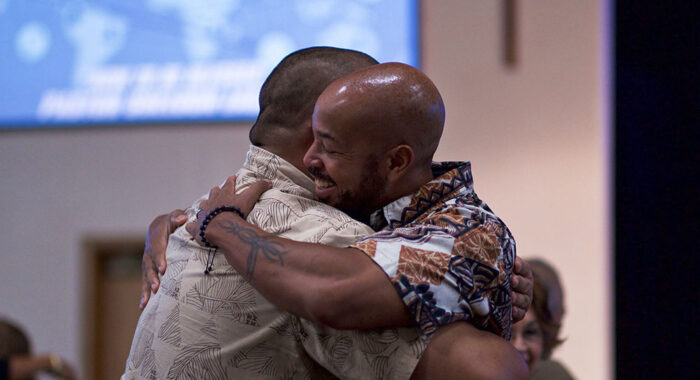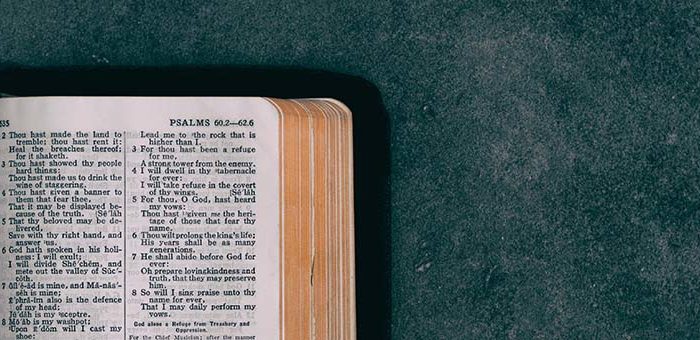L. Roy Taylor serves as stated clerk of the General Assembly of the Presbyterian Church in America. He served as a pastor for 16 years and as an adjunct professor of practical theology at Reformed Theological Seminary in Jackson for 10 years. Taylor also acts as the chairman for the board of the National Association of Evangelicals. He earned his M.Div. from Grace Theological Seminary and his D.Min. from Fuller Theological Seminary.
If there is humor in the Bible, there may be humor in preaching. Elton Trueblood wrote The Humor of Christ after he read Matthew 19:23-24 aloud to a child, and the child laughed at the mention of a camel being drawn though the eye of a needle as in a cartoon. Jesus employed dry-wit irony and satire in his Sermon of Seven Woes (Matthew 23) in describing the Pharisees.
Prophets such as Isaiah (40:18-20; 41:5-7; 44:9-20) used humor in poking fun at idols to show the folly of idolatry. The apostle Paul used satire and irony when he called usurpers “super apostles” (2 Corinthians 11:5) and when he said that those who taught circumcision was necessary for salvation should go all the way and emasculate themselves (Galatians 5:12)!
Preachers, who wisely use humor in preaching, especially self-deprecating humor, connect with their hearers so that people pay attention and listen. Bare ideas plus complex arguments equal difficult communication. Ideas plus people and events equal more effective communication (Jesus’ parables, for example). Humor can creatively combine ideas, people and events.
Preaching involves explaining the Bible so that people understand, illustrating the Bible so that people connect with the Bible, and applying the Bible so that people live out its truths. A pithy humorous saying or a story with a humorous twist can aid in accomplishing all three goals.
If we appreciate Phillips Brooks’ definition of preaching as “[biblical] truth through [human] personality,” preachers should use humor appropriate to their own personalities and to the situation of the people who are listening.
Of course humor may be overdone. Preachers are not to be stand-up comedians whose goal is to simply get a good laugh. Preachers aim at the conscience, so that people’s lives are changed through preaching. Humor is a back door to the conscience.
There is humor in the Bible, and in life. So there may be humor in preaching too.
This article originally appeared in the NAE Insight.



 View All Articles
View All Articles 

























